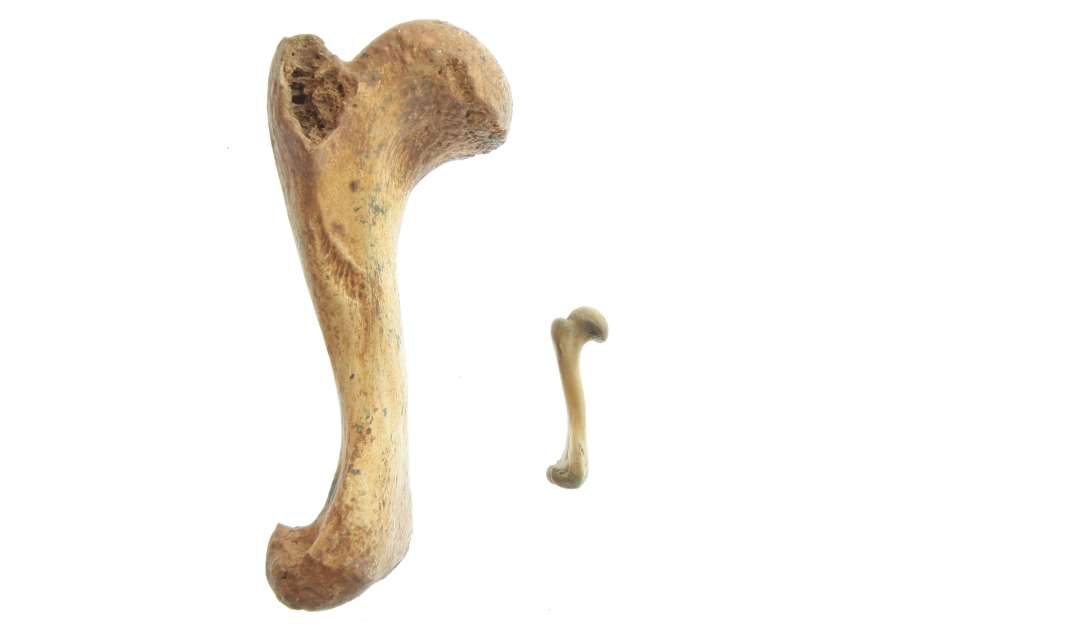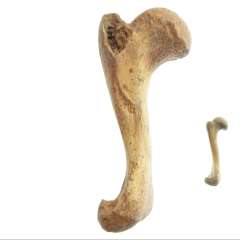To our foreign readers: we are sorry, but this page is not available in english.
Europe’s Most Recent Fossil Giant Tortoise Discovered
Scientists date bones of an extinct giant tortoise found in Sicily to 12,500 years ago
An international team of scientists, including Uwe Fritz and Christian Kehlmaier from Senckenberg, has made an astonishing discovery in the Zubbio di Cozzo San Pietro cave in Sicily, a burial site from the Copper/Bronze Age: bones of a giant tortoise. The skeletal fragments have been dated to 12,500 years ago, which is at odds with the temporal context of the other finds in the cave. Nevertheless, they are considerably younger than the previously known remains of extinct giant tortoises on the Mediterranean islands, which are at least 195,000 years old. Therefore, giant tortoises existed in Europe for much longer than previously known. The animals were contemporaries of modern humans, which may have contributed to their disappearance.
The Zubbio di Cozzo San Pietro site is a prehistoric burial ground where the tortoise bones got mixed in with a younger archaeological layer. “It was a stroke of luck that an intact femur was among the finds,” says Prof. Dr. Uwe Fritz of the Senckenberg Natural History Collections Dresden, and he adds: “Due to their stability, femurs are among the most common and best-preserved remains of large fossil tortoises. They are an important clue as to what species is involved.”
Comparisons of the femur with other tortoise species made it possible to determine the size of the animal. The Sicilian species had a carapace length of 50 to 60 centimeters. It was thus up to three times as large as Hermann’s tortoise (Testudo hermanni), a species still found in Sicily today, but significantly smaller than the modern-day giant tortoises of Galapagos, for example. Moreover, the shape of the Sicilian giant tortoise’s femur differs significantly from that of all extant tortoises today, and from most fossil species. However, very similar bones are known from other giant tortoises of the Mediterranean region, which already became extinct earlier.
The publication’s lead scientist, Prof. Dr. Massimo Delfino from the University of Turin, explains: “We therefore conclude that these species from the Mediterranean region represent an evolutionary lineage that is now entirely extinct. They are so different from all other tortoises that they can be considered as the separate genus Solitudo. The newly discovered Sicilian species Solitudo sicula is the representative of this genus that has survived the longest and may have been hunted and eaten by Paleolithic humans.” However, whether hunting by humans actually contributed to the extinction of the Sicilian giant tortoise is still unknown. Fritz adds, “But when I look at global patterns of extinction events, it seems reasonable to assume that humans played a role. The collapse of relatively large and easily hunted species often occurred alongside the spread of modern humans – and Sicily is likely no exception in this regard!”


